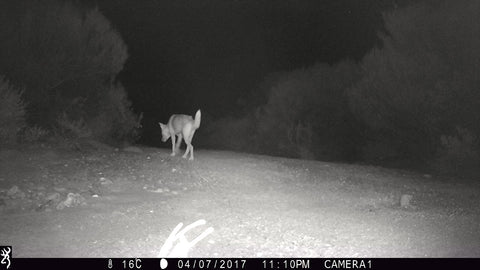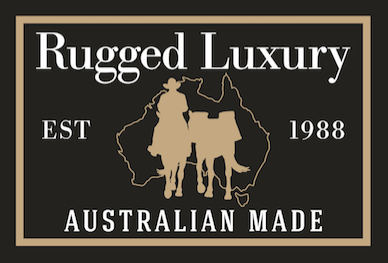Over the years I have spent many lonely days in the bush and during the last two years spent most days a long way from camp out in the mulga. You soon realise that making yourself your own best friend solves the lonely problem but you do find yourself talking and asking questions then replying with the answer.
For most people a desert bush view would appear as mass of trees with practically no ground cover apart from iron stone and quarts rocks and no visible life but if you look more closely another world appears.

Millions of ants of every size and description some always ready to attack where as others are happy to share their environment, also spiders living in trees or under rocks come in a huge range of colours and shapes but don’t appear to be aggressive in any way but I’m sure could give you some anxious moments if they decided to bite.
The trees tell a story on their own and grow according to soil types and moisture availability, the desert Oaks love the gullies where as the Snakewood and Mulga grow in the harshest conditions. Sandlewood appears all over the place and requires a host tree to feed from by tapping the adopted trees roots underground. The Eucalyptus trees thrive where excess moisture runs to the bottom of gullies and can take all the water they can get and flourish in this environment. Smaller plain looking woody bushes explode into colour during the winter after a fall of rain and changes the scenery dramatically, just like the bush has turned it’s Christmas lights on.

Rain is the key to all events and we have had three falls this year the last being several days ago so now the gnamma holes will be full and the larger animals like camels, dingos, roos, scrub cattle and bush horses will return but stay out of site apart from leaving tracks and dung to tell the story of their existence.

Reptiles come in all shapes and sizes and don’t appear to see us as danger as they continue on their way through the bush and the largest of them, the Bungarra will prowl about the camp as though they own it. Their favorite home is rabbit holes and you often see their heads poking out checking on who is passing by.
Snakes seem to keep out of site pretty well and there are a few you would keep well away from as one bite so far from help would end your days quickly. In a tree beside my camp a mouse had taken up residence and to help him through the winter I threw bread and other scraps on the ground. From time to time I checked on the mouse with a headlight shining through a small hole and one night to my surprise the mouse was gone and a snake had taken over so I reckoned that the mouse had become the winter food for the snake but checking several days later the snake had gone and the mouse was back. So much activity happening out of sight but interesting to be part of nevertheless.
There are a range of birds in size from massive eagles to tiny finches all happily living in the desert. Lots of parrots, small and large, budgies, owls, emus and hawks all seem to be getting a feed and surviving quite well in large numbers and thankfully very few feral cat tracks have be noticed in this area so birds and small animals should survive quite well.

There are also lots of bees about and they quickly move into camp where water is available but reqiure some training to have them water safely and not drown. We use a gold panning dish with rocks and a few twigs so the more adventurous bees can make an escape when they go in to fare. Once trained they stick with the one source of water even though there are others about the camp. They cart an amazing amount of water away each day and seem quite happy for us to refill their water hole and haven’t bitten anyone but land on your hands and clothing during the process as well as scooping them out of the water with your finger if they look like they can’t make the edge.

Graves are seen from time to time and reading the history of the goldfields it’s a wonder more haven’t been noticed although some mounds seen from time to time always present the question of whether somebody lies beneath. We will never know but I consider it certainly would be a pleasant place to be planted.

Until next time.
Steve and Sass

